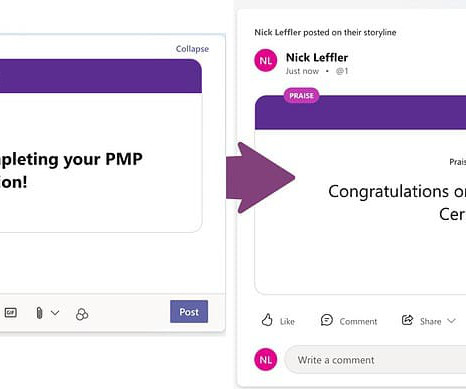Communities of Practice in your LMS: A hidden KM tool
TalentLMS
MAY 12, 2015
Why, despite all efforts to capture the right content for a seemingly “performance-based” training, you are unable to get satisfying reviews on your eLearning content. Extend this to the Subject Matter Experts and popular spokes-person through a defined communication framework and you have a community of practice in action!














































Let's personalize your content